
These posts have good SEO ideas on getting traffic, having a good landing page, and improving your site speed. You’ll also get lots of basic tips that are good for old hands and youngin’s alike. If you like what you’re reading, you’ll find more in my book Stand Out: Your 2015 SEO, Social Media and Content Marketing Guidebook.
Let’s not waste anymore time – here are the best SEO articles from 2014!
#1: Website Content Length
- Internal Link Building;
- Resolve Errors in Google Webmaster Tools;
- Review Content that’s Not Ranking;
- Consider Related Keywords;
- Leverage Tools to Help with SEO;
- Strategic Guest Posting;
- Write Long Content.
I especially like that last point on writing long content, myself. “If you can write super high-quality short articles, then write them,” Cleary says of this point, and he says this because it’s damn hard to “provide a lot of value in a short article, so they don’t tend to get many links or shares.”
I wouldn’t tell that to Seth Godin, but then he’s probably paid his dues, huh? But let’s be honest, here – what do your own analytics tell you about your content size? Mine tell me that longer articles have a lower bounce rate, a longer on-page rate, and more social shares. I think this graphic here illustrates that nicely:
What helps me a lot is breaking up that text with lots of screenshots of what I’m talking about. I know you’ve seen posts that are 2,500 words with maybe one image at the top. It’s kind of intimidating, the thought of reading all that, isn’t it? But how about a post with images breaking up the text every 250 or 500 words? Those sure look a lot easier to get through, don’t they?
For your website content, try putting those large blocks of text first, or at least the largest. Experiment with this and see how your bounce rate changes – I’m willing to bet people will actually read your conclusion when it’s not bunched-up with other huge blocks of text at the bottom of the page.
#2: SEO Tips
- First, running a crawler on your site is when you use programs to clean up old 404 “Page Not Found” errors, something that could lower your site in the eyes of Google.
- Next, get some simple spreadsheets with a list of your site’s content, and that way you can easily scan and check titles for duplicate content.
Those are two tips from this article, one that has quite a bit of ‘em. And as you’ve probably noticed by now, many of these basic SEO tips and tricks sure change a bit depending on which article you’re looking at. It’s good to know them all, so this piece might be worth a read.
#3: Site Speed
Let’s face it – if things are slow, we’ll hit back. Oh, when we have to wait we will – a doctor’s office, the supermarket line, traffic – but when we don’t, well…we won’t.
Albert Costill on Search Engine Journal talked about just this type of behavior in SEO 101: How Important is Site Speed in 2014?, which appeared on July 25. Costill tells of Google’s decision to up SERP results from 10 to 30 a page, something that also added a half second of load time to that page. Guess what – traffic dropped by 20%, and Google figured it was based solely on that extra wait time. After all, these were users that wanted those extra 20 results.
Costill points out several reasons that sites have pages that load slowly, including:
- Unoptimized Images;
- Widget/Plugin Overload;
- Incompatible Browsers, Plugins, and Apps;
- Lots of Ads;
- Bulky Code;
- Design Theme;
- External Embedded Media.
Costill goes on to list a lot of different tools that can be used to increase page load times. Check them out – you’ll be hearing more about this topic in 2015.
#4: Google Analytics and Funnels
- Audience Location;
- Audience Engagement;
- Mobile Traffic Behavior;
- Traffic Sources;
- Social Media Traffic;
- Site Content Trends;
- Page Bounce Rates;
- Site Search Behavior;
- Events;
- Funnel Visualization.
Wow, that’s a lot of information! The post goes into each of those points in turn, and I won’t recap them here, but I will talk about one.
Let’s get to funnel visualization, which is the process of getting customers into the widest net with your content, and then gradually working them down to your higher-priced items. Most sites do this with free content, such as their blog, and then perhaps someone will buy some website services or a related third-party item or even one of your off-site products.
It’s easy to see who’s making purchases, but it’s harder to see those that stepped out of the checkout line, and even harder to figure out why.
As Muller states, you need to figure out where your customers are heading to instead, whether it’s another page on your site or even to a competitor’s site. Then you need to figure out what, and what you’re going to do about it.
“Based on the percentage of visitors that convert throughout each step in the funnel,” Muller says, “businesses can detect breaking points in the click stream and make necessary changes in content to increase conversions.”
Be proactive with your funnels – figure out what works, what doesn’t, and most importantly, why.
#5: Landing Pages
No, of course not, and that’s why you’ll want to check out Oil Gardner’s amazing post on Unbounce called 22 Brutally Honest Landing Page Critiques. This case study came out on July 17 and it has screenshots of all kinds of landing pages, and critiques of them. What does that look like? Check this one out:
On this landing page, Gardner points out that the Call To Action is weak (“Get My Free Quote”), the form fields are rather ambiguous, there is no “other” option on the three radio buttons, there are way to many options vying for the user’s attention, and finally, the headline “doesn’t speak to the problem solved (“Feel Glorious”).
Boy, there’s no punches pulled there. And should there be? I mean, who the hell ever felt glorious after taking the trash out to the dumpster? I feel like I need to wash my hands.
Yep, this is a great article, both for laughs and to learn something.
#6: Mobile Click-Through Rates
Both articles are worth a look, mainly because they provide good numbers, graphs, and charts that you can stare at while hoping someone in the hallway walks by, glances over, and figures you’re damn smart.
Well, that’s the idea, and honestly, when you are looking at these types of reports, you are damn smart! (We both know many see that stuff and click ‘back’ in fear).
As Zeckman says, the real standout is that 27.7% of mobile users click on the first ranking in the SERP while just 9.2% click on the second.
All in all, these are two very complementary posts and I’m quite impressed. Besides the good information presented, these two posts should serve as a guidepost on what you and your site can do this year. Just find a good site with a good study and email them some questions. Trust me – it’ll be a lot more effective than just rewriting the post in your own words and linking to it. (Haven’t you learned anything yet?)
#7: Local & Mobile
Some of the highlights include the fact that restaurants were found through local search 23% of the time, auto service shops were found 10% of the time, and arts and entertainment options were found 9% of the time.
You’ve heard a lot about local SEO this past year, and these numbers will only continue to rise as more businesses begin to act locally while thinking globally.
The survey also revealed that 63% of people searching are doing so over multiple devices, so just having a responsive design for mobile or the best desktop experience might not be enough – you need both. Considering that 73% of local searches from mobile result in a sale, this is something you need to get on right away, during the first quarter of 2015.
Oh, and don’t discount maps, especially if you’re doing a lot of local SEO. According to the survey, 13% of those using local search are doing so to get directions. Why not point them to your business?
#8: Panda 4.0
All right, what the hell? We had Penguin just a short bit ago…now we’ve got Panda? And is it Panda 3.0 or 4.0 or…what? Good question. Matt Cutts and the good folks at Google like to use that decimal in there, mainly to show how much they’re going to hurt you – a little or a lot. And here’s what some of that hurt was called and when. Take a look at Google Penguin updates to get an idea of how often they do that:
- Penguin 1.0 – April 24, 2012
- Penguin 1.1 – May 25, 2012
- Penguin 1.2 – October 5, 2012
- Penguin 2.0 – May 22, 2013
- Penguin 2.1 – October 4, 2013
- Penguin 3.0 – October 17, 2014
Now let’s take a look at the dates for Google Panda updates, which can be found on this super-helpful Moz Google Algorithm update page:
- Panda/Farmer – February 23, 2011
- Panda 2.0 – April 11, 2011
- Panda 2.1 – May 9, 2011
- Panda 2.2 – June 21, 2011
- Panda 2.3 – July 23, 2011
- Panda 2.4 – August 12, 2011
- Panda 2.5 – September 28, 2011
- Panda Flux – October 5, 2011
- Panda 3.1 – November 18, 2011
- Panda 3.2 – January 18, 2012
- Panda 3.3 – February 27, 2012
- Panda 3.4 – March 23, 2012
- Panda 3.5 – April 19, 2012
- Panda 3.6 – April 27, 2012
- Panda 3.7 – June 8, 2012
- Panda 3.8 – June 25, 2012
- Panda 3.9 – July 24, 2012
- Panda 3.9.1 – August 20, 2012
- Panda 3.9.2 – September 18, 2012
- Panda #20 – September 27, 2012
- Panda #21 – November 5, 2012
- Panda #22 – November 21, 2012
- Panda #23 – December 21, 2012
- Panda #24 – January 22, 2013
- Panda #25 – March 14, 2013
- Panda Dance – June 11, 2013
- Panda Recovery – July 18, 2013
- Panda 4.0 – May 19, 2014
- Panda 4.1 – September 23, 2014
As you can see, there have been 29 different Panda updates, and if you can’t help but feel that Google is a joke after looking at that list, I don’t blame you. It smacks of inefficiency and causes me to picture a company thrashing about, unsure of what it should be doing.
But that’s SEO – a lot of smart people with letters behind their name, trying to figure out what the hell is going on and what the hell they’re going to do about it.
But those changes have made the internet a better place and taken countless businesses to the next level…haven’t they?
“I'm sorry to say that it's probably too soon to tell,” Dr. Pete says on what it all meant that day in May. “We're hearing reports of big losses and gains, which is the norm for any major update – for every winner, there's a loser.”
Honestly, I can’t help but think the folks at Moz and other places are ready to take a chair and throw it out the window anytime a new Panda update is announced. And remember, on the day an algorithm update happens, no one knows what’s going on. Can you benefit from that somehow? I bet you can.
#9: Link Checking Tools
I mean, think of a site like Huffington Post and how many articles they have. Now think of one of it’s low-level competitors that’s doing a great job matching it each day for content – and with a content team half the size, I might add – but which just can’t put an extra couple hours into their already 12-hour days to look back over the old stuff.
What do you do? Just leave old and broken links there? That’s really not an option, not if you want to remain relevant and competitive in the search results.
If search engines are unable to crawl / index you site easily they will be less likely to appropriately rank it. This is a big deal, and that’s why these sites are mentioned in the article:
- ScreamingFrog Spider SEO;
- Google Webmaster Tools;
- Xenu Link Sleuth;
- Google Chrome Page Checking Plugin: Check My Links;
- W3C Link Validation Tool.
That last one only gets 1-star from Soames, and you’ll have to give it a look to see what he says of the others. I’d give it a look, and some of those sites, so you’re thinking about one more thing that your competitors aren’t.
#10: Tracking User Behavior
This article appeared on October 8 and it references the eye tracking study done by Mediative in September, and which requires you to do an email sign-up to view. One of the main takeaways are that mobile is changing the way users scan pages, from horizontal to vertical. Another is that users are looking at results in the SERP for 1.17 seconds, and that means you have that much time to convince them. Having proper headings and meta descriptions is therefore still quite important.
It’s a good article and there’s a lot more information in it for those interested in this eye-catching area of SEO.
I hope you liked this collection of the best articles on SEO from 2014. Check out Stand Out: Your 2015 SEO, Social Media and Content Marketing Guidebook for more great tips!

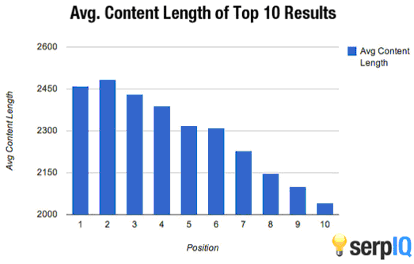
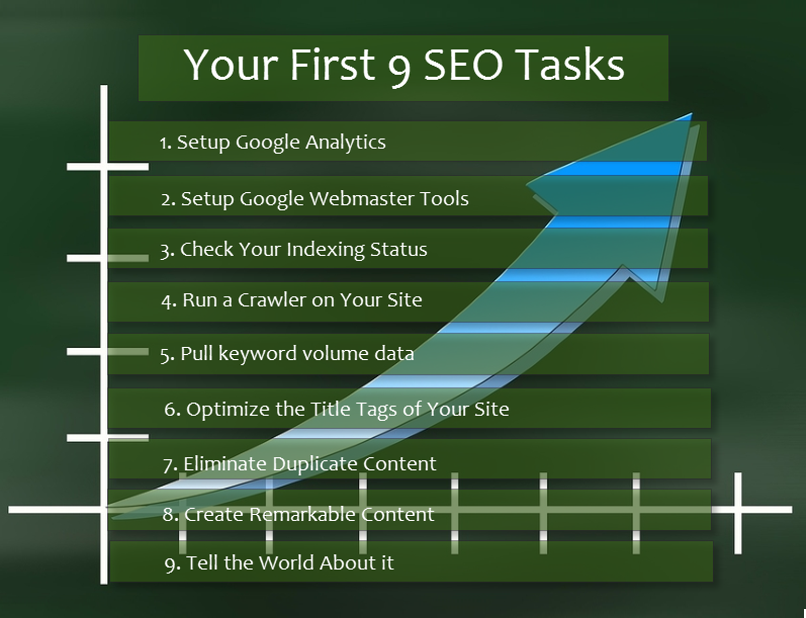
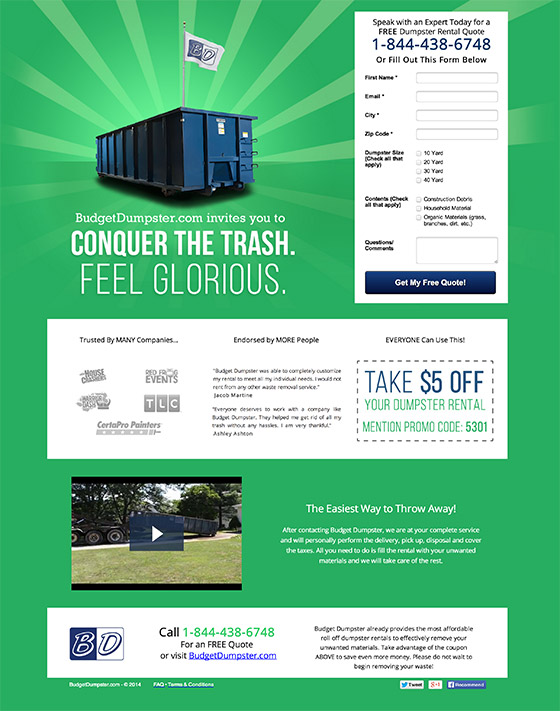
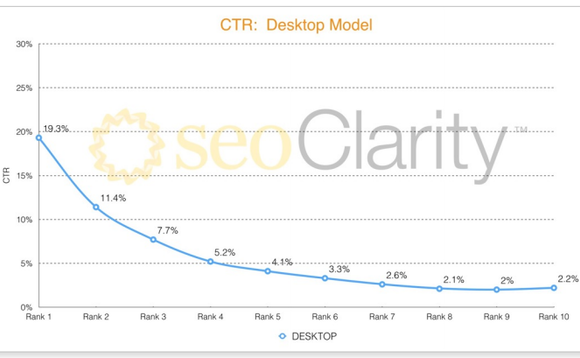









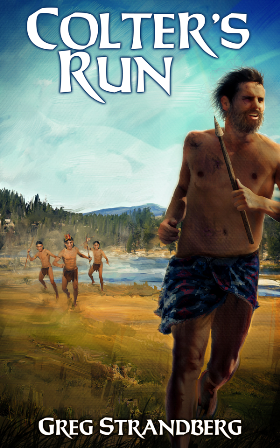










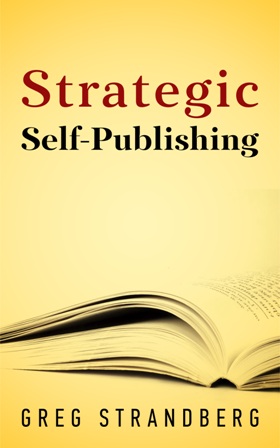






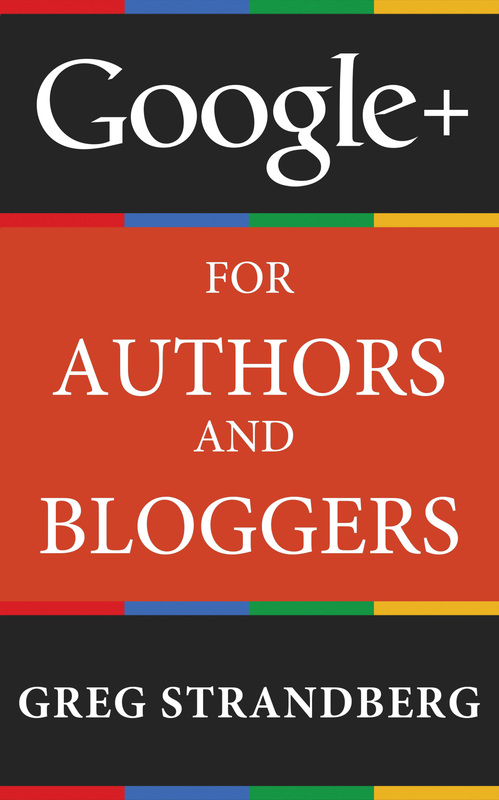
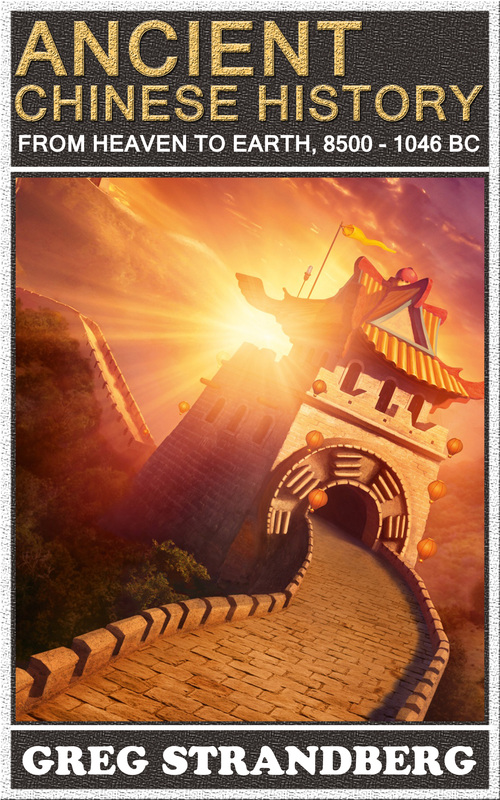




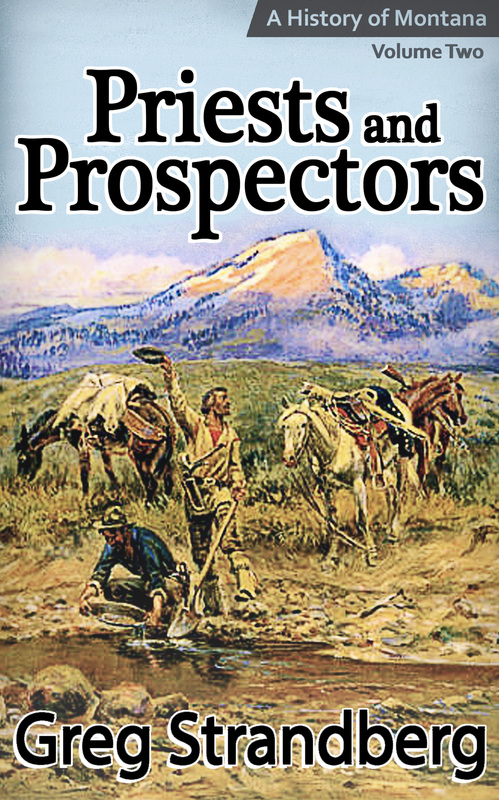




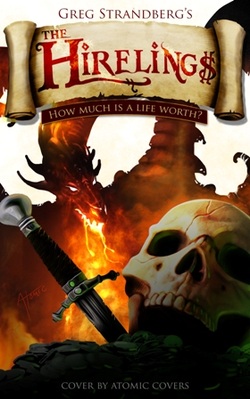




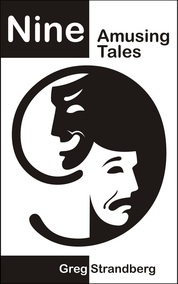
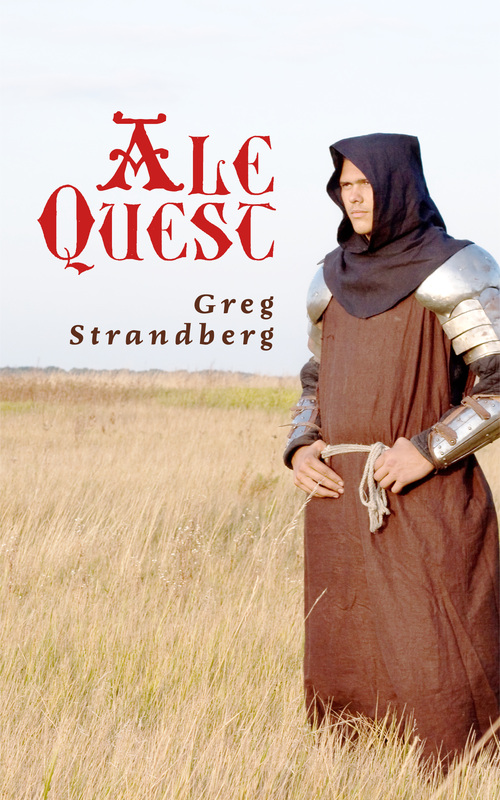
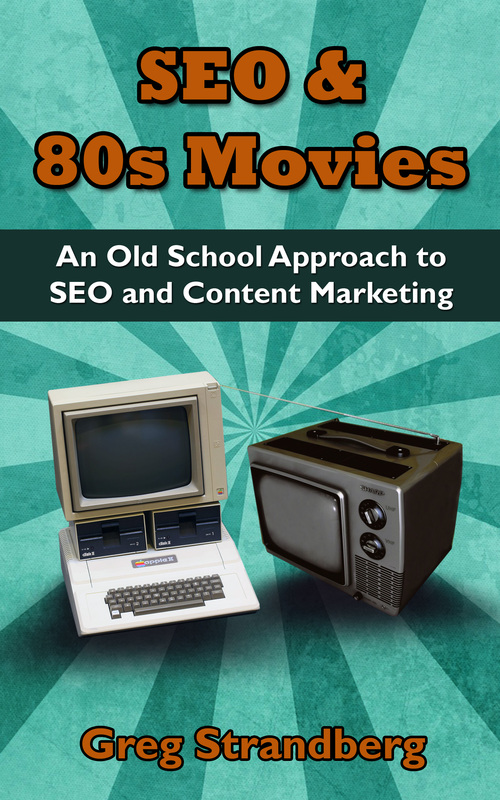












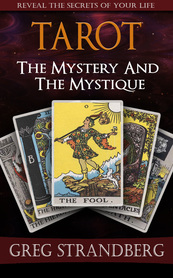
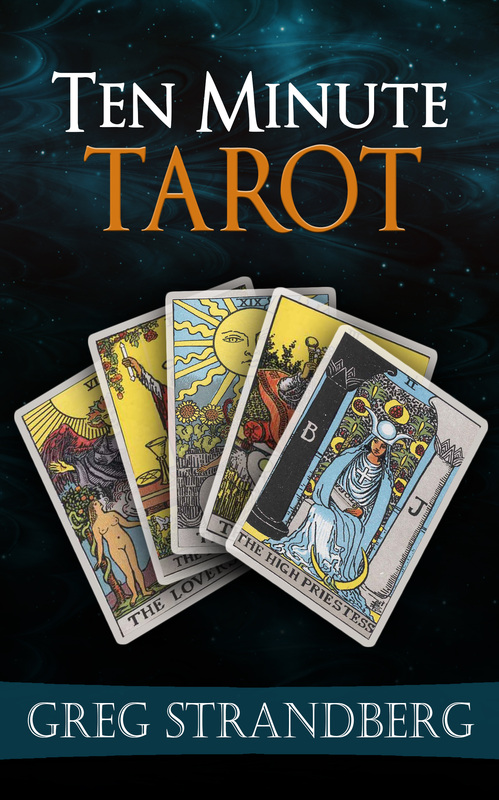
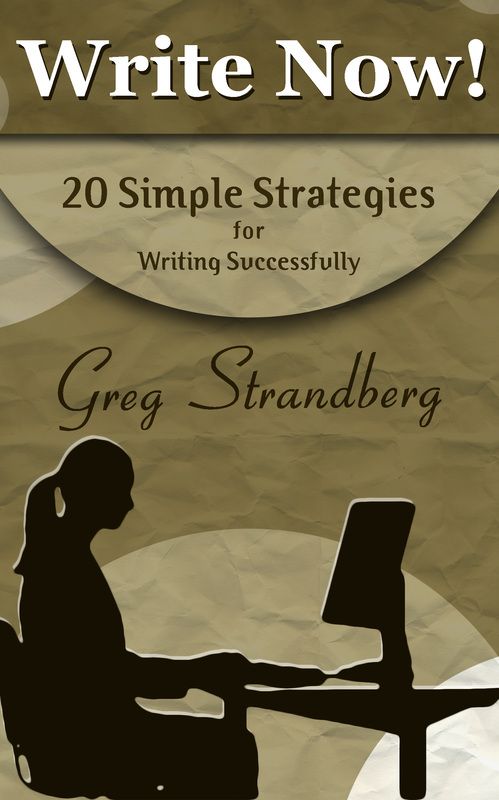
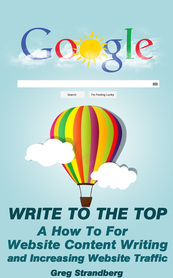


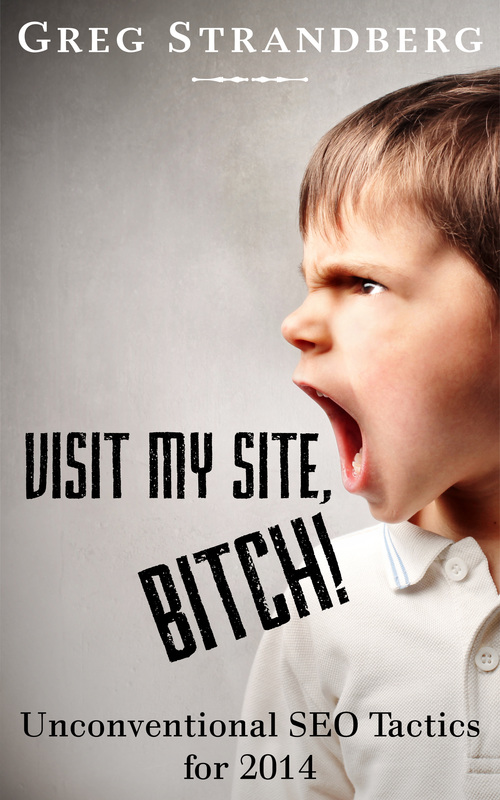
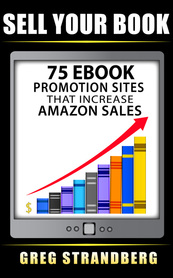
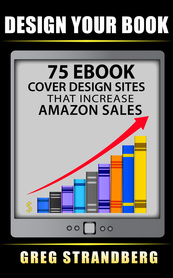
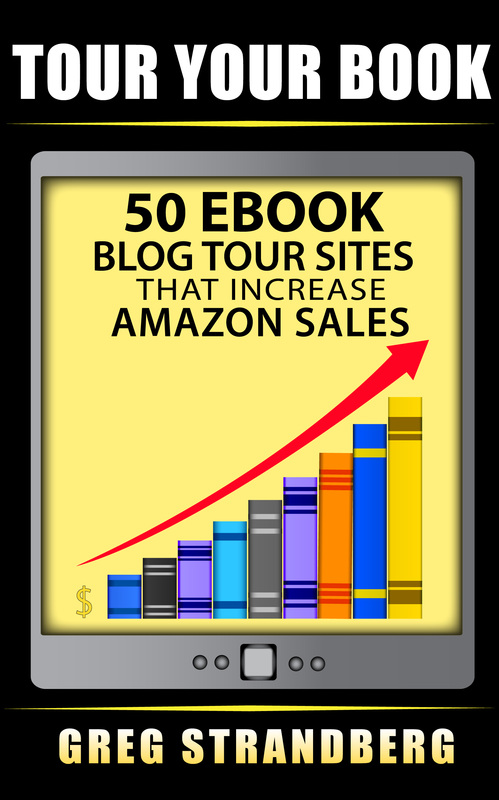






 RSS Feed
RSS Feed